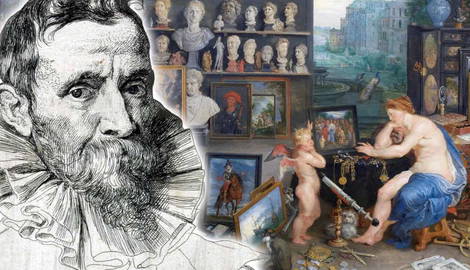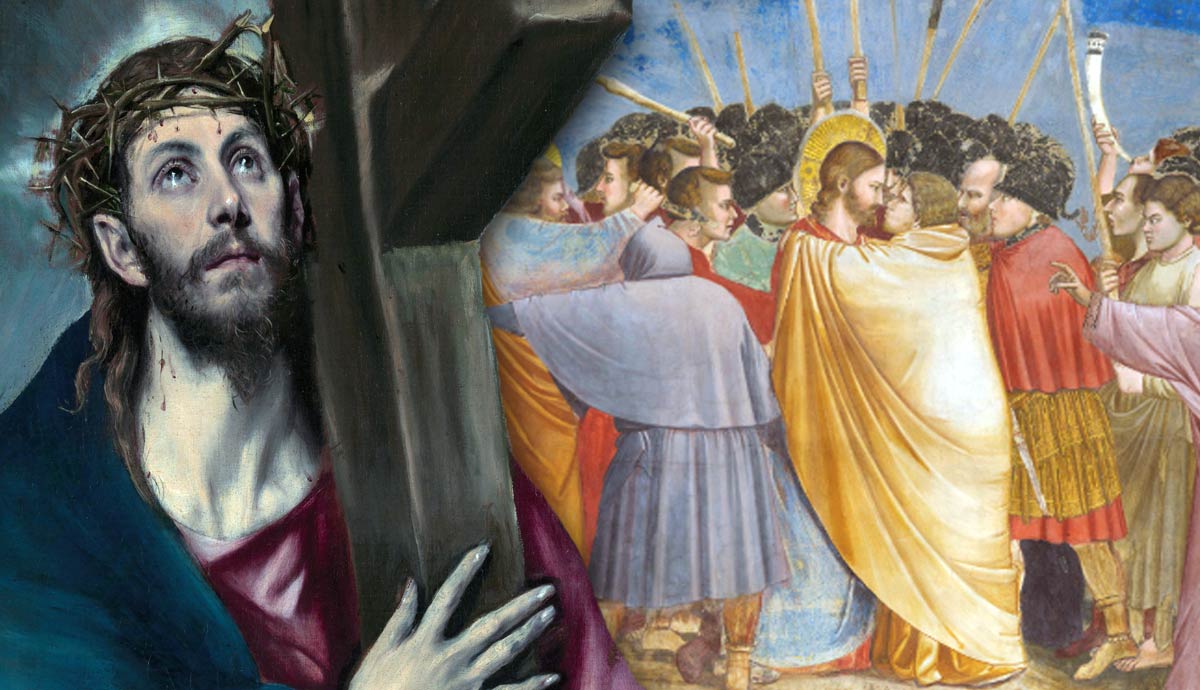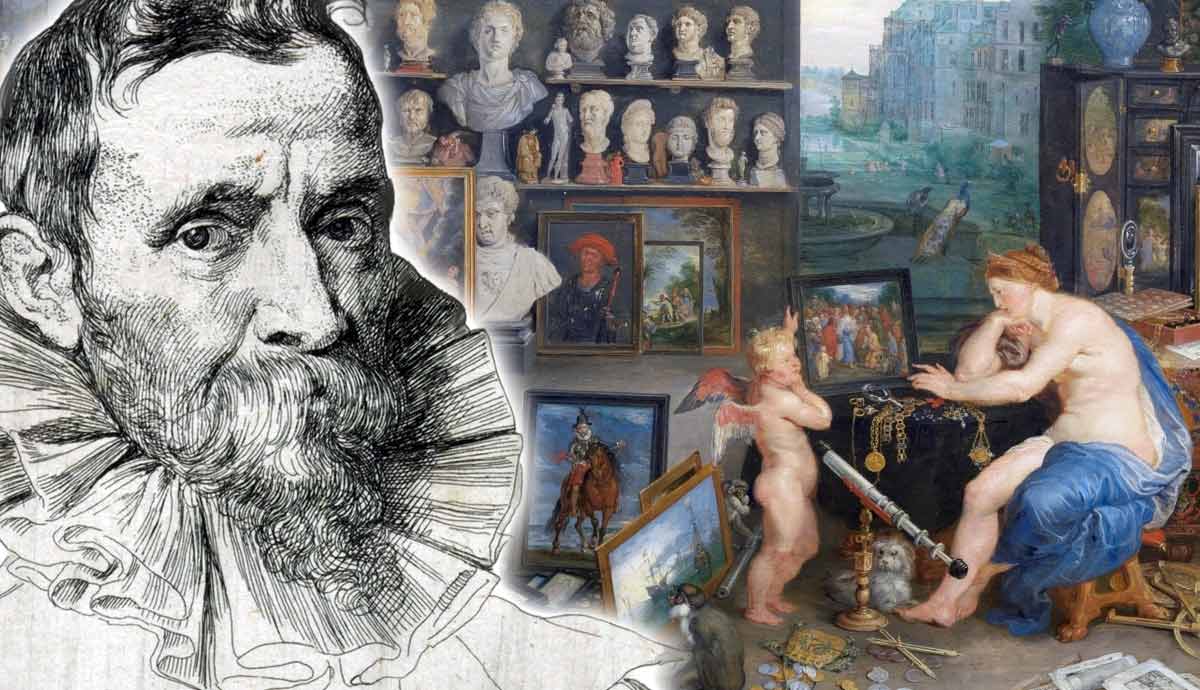
Jan Brueghel the Elder (1568-1625) rose from Brussels prodigy to Flemish master famed for his landscapes and botanical still-lifes. Trained by his painter-grandmother and refined under Cardinal Federico Borromeo in Italy, “Velvet Brueghel” blended northern precision with Baroque color. Back in Antwerp, he partnered with Rubens for his allegories of the senses series and The Garden of Eden. Favored by Habsburg patrons, Brueghel died of cholera, yet his workshop sustained a lasting legacy, shaping still-life and landscape painting, and scientific illustration.
Jan Brueghel’s Background
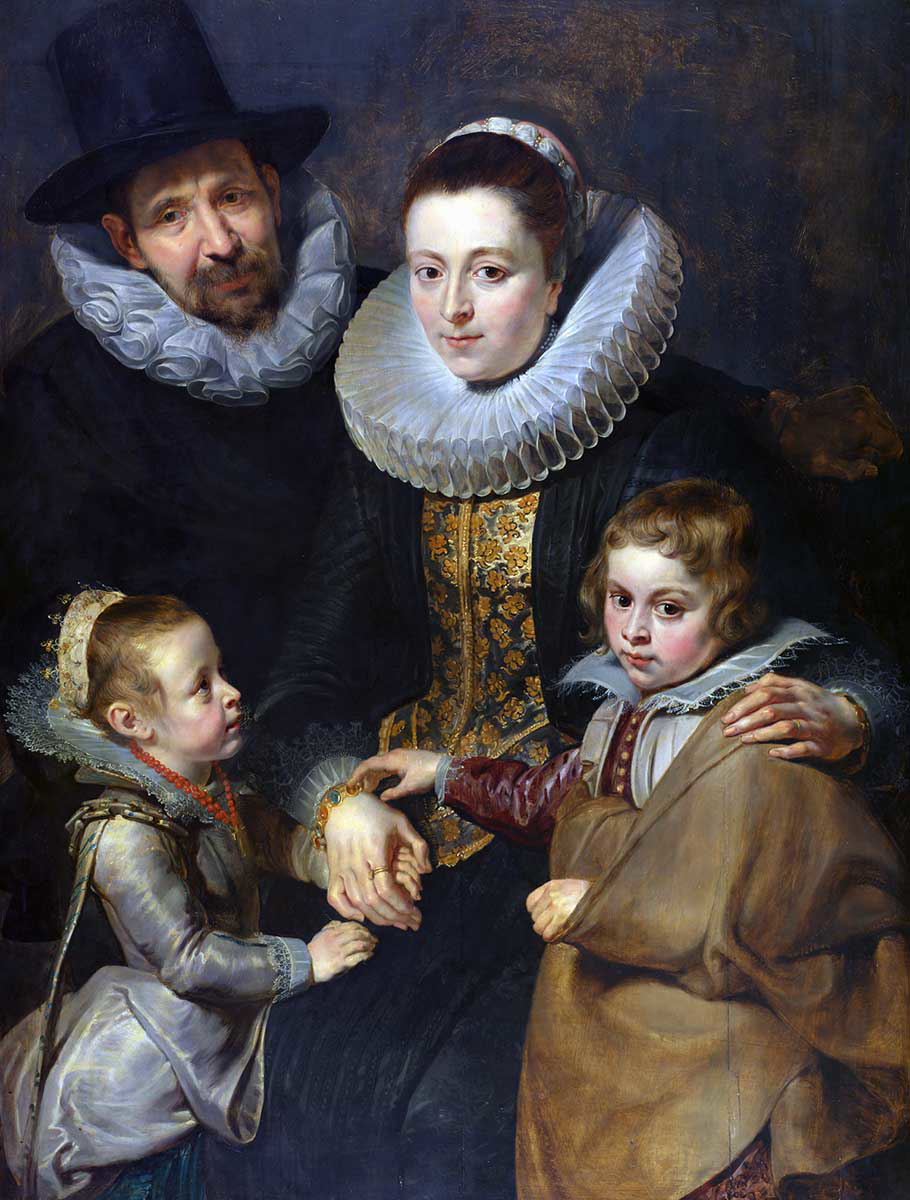
Jan Brugel was born in 1568 to artist Pieter Bruegel. Jan was born in Brussels and lost both of his parents at a young age. Jan and his brother, Pieter Brueghel the Younger, were raised by their grandmother, Mayken Verhulst.
Jan’s distinctive style, emphasizing delicate brushwork and vibrant colors, was derived from his early training in watercolor painting and his time in Italy in the 1580s, where he was under the patronage of Cardinal Federico Borromeo. Borromeo was a highly influential figure in the art world and a crucial collector. Borromeo deeply admired Brueghel’s ability to depict nature with precise detail and realism. The Cardinal’s support allowed Brueghel access to the private art collections of Italy’s most intellectual and influential circles, which exposed the young artist to the Italian Mannerist and early Baroque styles.
Brueghel’s exposure to Italy’s artistic history helped him refine his signature delicate brushwork and rich color palette, which would earn him the nickname “Velvet Brueghel.”
Brueghel returned to Antwerp in 1596, taking his Italian-influenced art with him. This experience not only elevated his career but also strengthened cultural and artistic exchanges between Flanders and Italy that helped influence another generation of artists.
Flowers in a Wooden Vessel
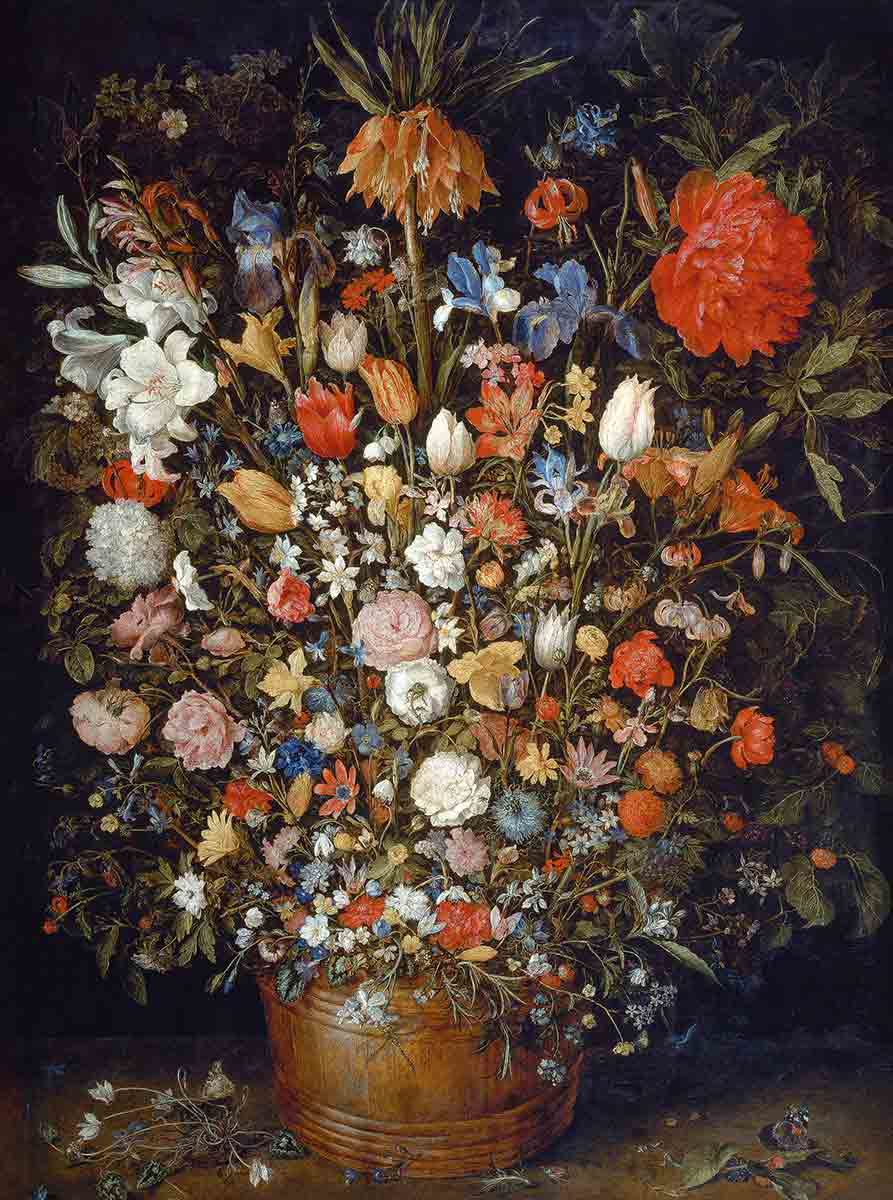
Jan Brueghel’s Flowers in a Wooden Vessel, created in 1606-07, showcases his renowned attention to detail. At first glance, viewers are presented with an overwhelming bouquet of flowers in a variety of colors: deep reds, bright oranges, piercing whites, and soft blues. The rounded composition allows the eye to sweep across the entire display, effortlessly taking in its beauty.
Brueghel thoughtfully combines flowers that would not typically grow alongside one another, creating a fanciful yet naturalistic representation of beauty and a poignant reminder of the fleeting passage of time. His meticulous attention to detail is remarkable, with each petal and leaf rendered with precision. This skill can be attributed to Brueghel’s collaboration with botanical illustrators, who taught him the care and detail essential to capturing each element.
The grand bouquet stands out against a stark dark background, making the colors of the flowers pop even more. Scattered beside the wooden vessel are remnants of fallen petals and leaves, subtly reminding us of the fleeting nature of beauty and elegance in life.
Allegory Paintings With Rubens
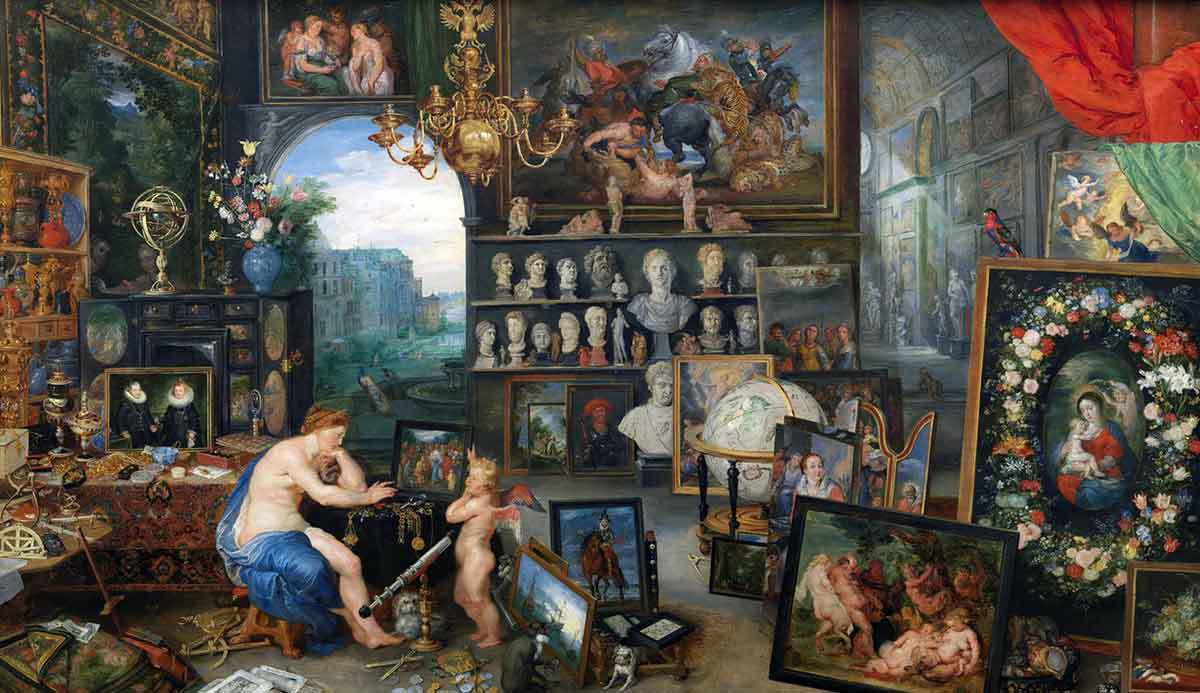
From 1617 to 1618, Jan Brueghel collaborated with fellow artist Peter Paul Rubens to create The Five Senses, a series of allegorical paintings that explore human perception through detailed compositions. These paintings are Allegory of Sight, Allegory of Smell, Allegory of Taste, Allegory of Hearing, and Allegory of Touch.
The Allegory of Sight is set in an art gallery that is filled with paintings, mirrors, and scientific instruments to highlight the power of vision, knowledge, and artistic appreciation. Each object is meant to bring forth not only an appreciation for artistic display but also the ability to see in its most basic terms. It is a pleasure that, much like the other allegory paintings, many take for granted.
The Allegory of Smell invites the viewer into a vibrant and idyllic garden, overflowing with a diverse array of colorful flowers, each contributing its unique fragrance to the air. Scattered throughout this lush landscape are elegantly designed perfume bottles, symbolizing the human appreciation for scent and the art of fragrance creation. Among the flora, various animals renowned for their exceptional sense of smell playfully interact, their presence highlighting the beauty and richness of the natural world. These creatures not only enhance the garden’s charm but also serve as a reminder of the intricate relationship between nature and our senses, inviting deeper contemplation on the significance of smell in our experiences and emotions.
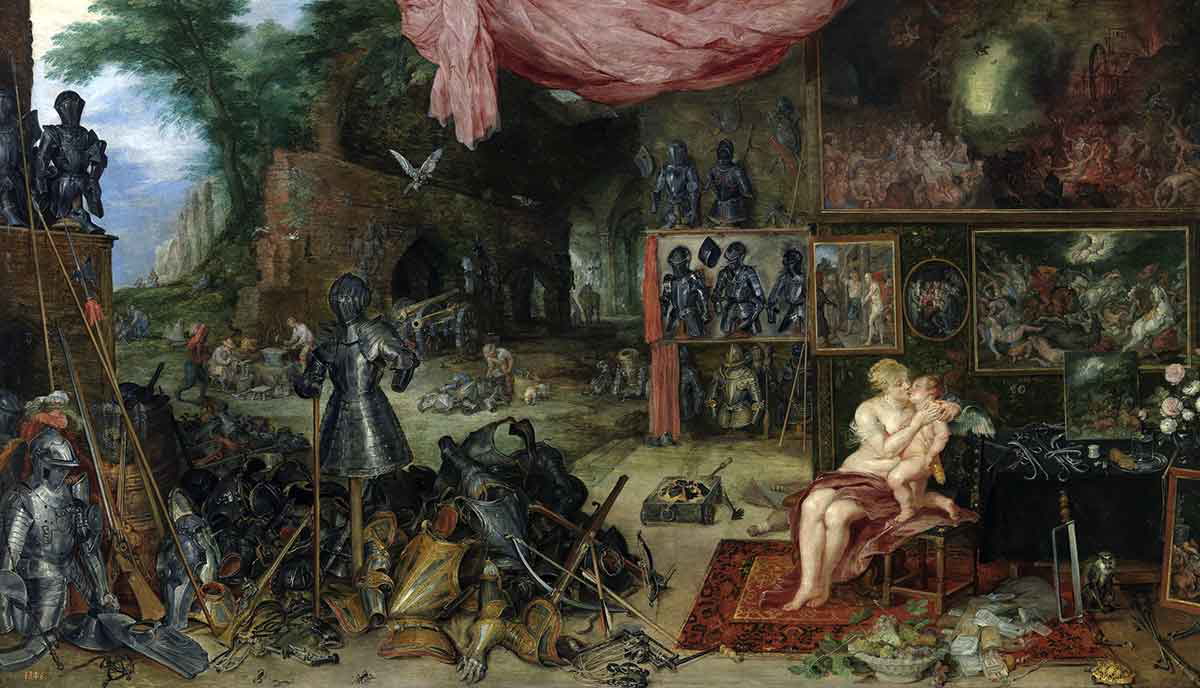
The Allegory of Taste features a lavish banquet scene, abundant with fine foods and drinks. The God Pan also appears to be pouring wine to a woman in the scene with a mischievous grin on his face. As this scene features dead animals that will soon be served as meat, perhaps Pan is here to represent the wild nature of human hunger and the carnivorous tendency that humans have.
The Allegory of Hearing features a music room displaying musical instruments, songbirds, and references to divine and mathematical aspects of sound. All these elements celebrate music as a refined and intellectual art. The music room is sumptuous in deep reds, dark greens, and oranges. Beside the woman who sits on a chair in the middle of the composition is a crying baby. As with the other senses, perhaps this is a sound that is taken for granted.
The Allegory of Touch is set in an armory filled with weapons, armor, luxurious fabrics, and animals. All of these elements are meant to emphasize both the pleasurable and painful aspects of physical sensation.
Collaborations among artists have long been a hallmark of the art world, but the partnership between these two prominent figures stands out as particularly remarkable. Their working together not only significantly boosted their individual wealth but also expanded their artistic influence within the art community. This alliance drew in new affluent patrons and widened their reach within European courts. The two artists complemented each other beautifully; while Rubens expertly captured the sumptuous, full-bodied figures of humans, Brueghel excelled in the delicate, intricate depiction of plants, flowers, and animals.
The Garden of Eden With the Fall of Man
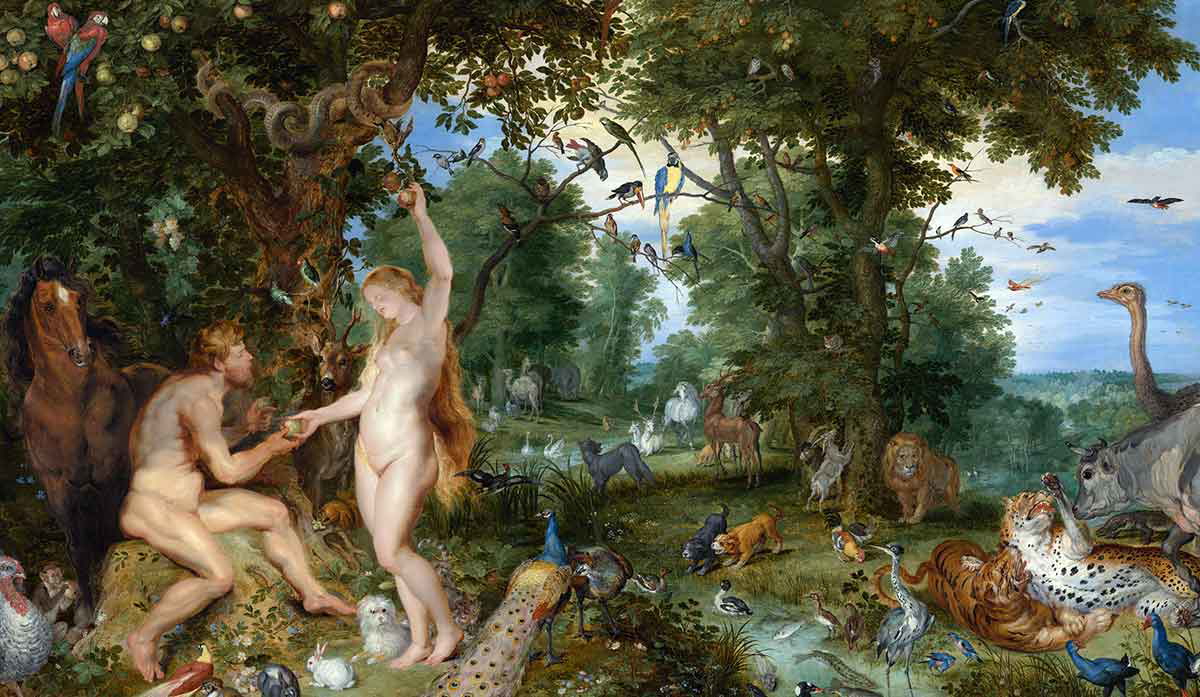
This captivating painting illustrates the biblical figures of Adam and Eve in the idyllic setting of Paradise, surrounded by an array of exotic and enchanting creatures. The composition is strikingly divided down the center, with Adam and Eve on one side, engaged in the pivotal act of reaching for the forbidden apple, which lends a darker, more foreboding ambiance to that half of the artwork. In contrast, the opposite side is a celebration of life, marked by a stunningly clear blue sky, birds soaring through the air, and fantastical creatures blissfully roaming across a vibrant pasture.
The scene creates a fascinating interplay between chaos and tranquility. The animals on the lush green side rest peacefully, lying in the grass, inhaling the sweet scents of the environment, or gazing curiously at one another. Meanwhile, on Adam and Eve’s side, a palpable tension fills the air; much is happening as Eve offers an apple to Adam, simultaneously reaching for another. Adam, with an expression tinged with curiosity and uncertainty, looks at Eve, as their surroundings are fraught with attention from the creatures, who display clear concern and intrigue about this fateful moment.
The artistic style of the figures suggests the influence of Rubens, evident in their opulent and voluptuous forms, which echo his signature portrayal of humanity. Unlike many traditional representations where Adam and Eve are placed prominently at the heart of Paradise, here they are positioned almost as secondary characters, subtly reinforcing the notion that the natural world, with all its exquisite beauty and strength, holds greater significance than the fleeting existence of mankind. This composition invites viewers to reflect on the tension between human desires and the eternal beauty of nature, ultimately questioning the balance between the two.
Later Life and Death
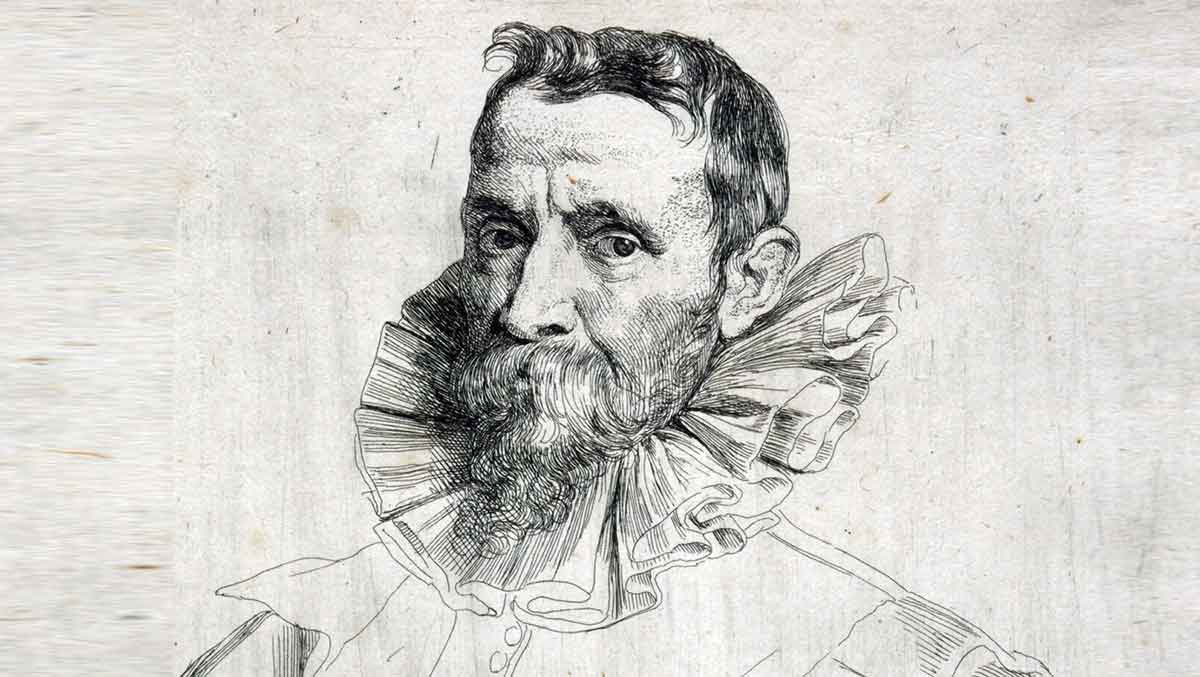
Jan Brueghel the Elder enjoyed success throughout his highly accomplished career. He was often sought out by royal courts, primarily the Spanish Habsburg Court of Archduke Albert and Archduchess Isabella. Due to his meticulous dedication to detail, his work was highly prized across Europe by aristocrats and intellectuals who admired his ability to blend artistic beauty with natural observation, a feat that many artists fail to succeed at. Like many artists of the time, Brueghel maintained a workshop where he trained artists and oversaw assistants who helped produce copies of his work.
Sadly, Jan Brueghel the Elder died suddenly in 1625 at the age of 56 due to cholera. Following his passing, his son, Jan Brueghel the Younger, inherited his workshop and continued the Brueghel family legacy.
Jan Brueghel the Elder is remembered for his detailed and nature-rich compositions that helped shape the development of still life and landscape painting in the 17th century. His collaborations with Rubens are still considered some of the finest examples of Flemish Baroque art. His paintings are displayed at some of the most renowned art museums of the world, including the Prado Museum, the Louvre, and the Kunsthistorisches.
